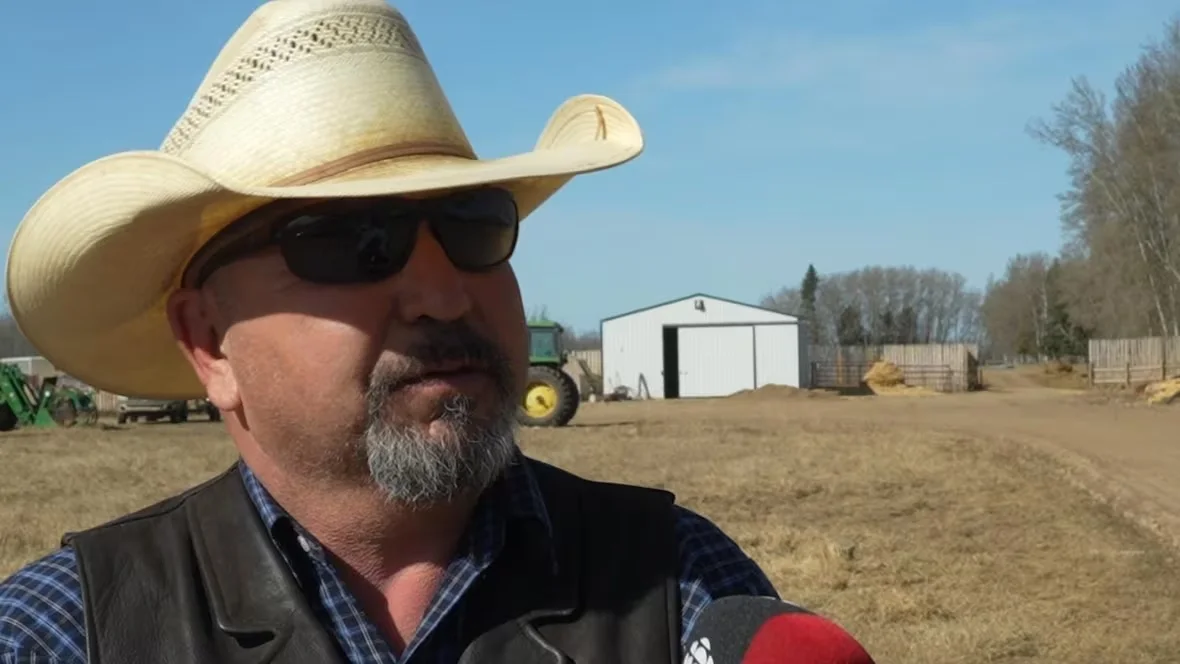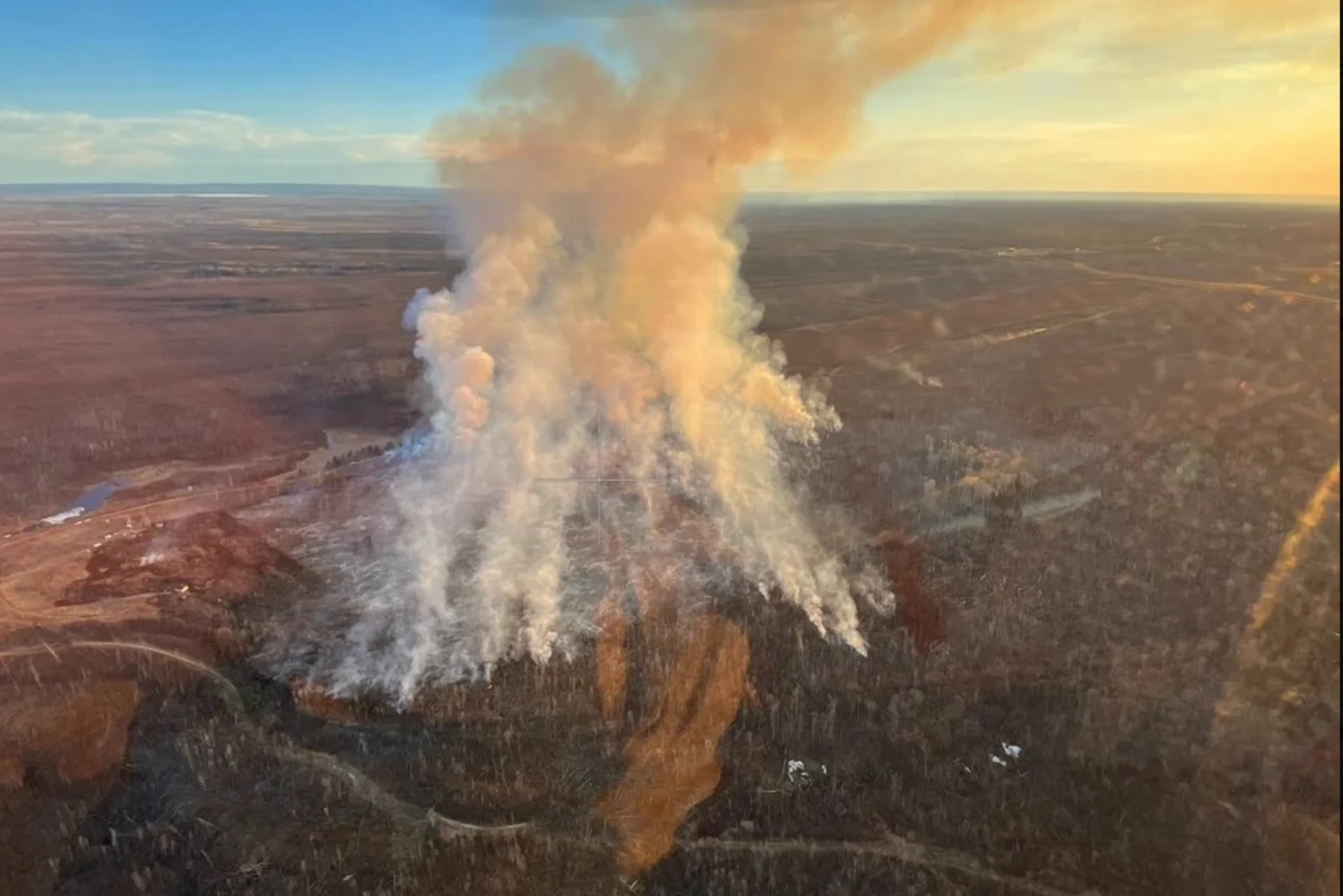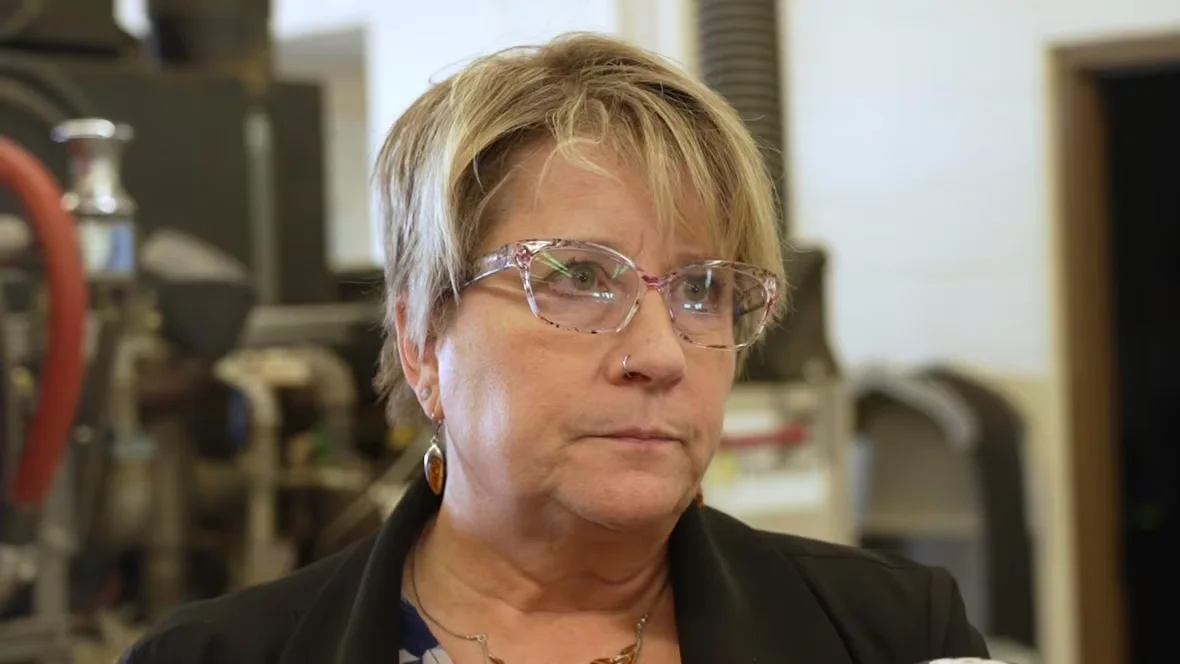
Northern Alberta ranchers plan to keep livestock safe through wildfire season
Livestock producers in northern Alberta are looking at ways to protect their animals in case wildfires come close to their operations.
"The last few years have been challenging for us. We went through fires. We went through floods up in this part of the world," said Gary Smith, a producer who ranches near Fort Vermilion, 560 kilometres northwest of Edmonton.
CANADA'S WILDFIRES: Visit The Weather Network's wildfire hub to keep up with the latest on the active start to wildfire season across Canada.
After a winter and spring that had little snow and rain, there's plenty of fire fuel, such as dry grass and wood, strewn about fields and forests, creating ripe conditions for wildfires.
Last week, the provincial government announced that a sweeping fire restriction is now in effect for all of the province's forest protection area, with the exception of the Calgary Forest Area.
All outdoor fires are now prohibited on public lands, including backcountry and random camping areas.
Smith said knowing other producers in the area and co-operating with them is critically important during wildfire season.

Gary Smith, who ranches near Fort Vermilion, Alta., says knowing other producers and co-operating with them is critically important during wildfire season. (Dennis Kovtun/CBC)
"You're going to need the people around you to survive something like this," he said.
"I do [know] a great number of the cattle producers in the area. And if I need something, I'm not scared to call on them to give me a hand. And I expect them to do the same with me."
Smith said there's a response plan for producers in the Mackenzie County region.
"We have an emergency response plan for the agriculture, for livestock — horses, cows, pigs, whatever you got. We've got the grazing reserve that we can house animals in evacuation purposes."
Rodeo grounds and agricultural societies would also help ranchers during wildfires, if necessary, he said.
Plan for wildfire — and share those plans
It's important for producers to plan for wildfire, and to share plans with their municipality and neighbours, said Sonja Raven, the agricultural fieldman for the County of Grande Prairie.
"We suggest you start considering whether you're going to need to evacuate and what sort of arrangements you might need to make," Raven said.
Raven recommends preparing animals and making them more comfortable with being transported, in case they need to be moved to another pasture.

"Have your animals used to being moved around, have them used to having people around them, if you can," she said.
"With cattle, it's fairly straightforward. They're not that difficult to load onto liners and so on.
"With horses and some of the smaller livestock, sometimes it's very difficult to get them to go where you want them to go. They pick up on the energy and the excitement or crisis of the moment, and they might be a little harder to handle than normal."
Kelly Burke, the wildfire information officer for the Grande Prairie Forest Area, said it's important to know the fire department contacts and where to get wildfire information.
Producers may want to share with each other what types of animals they have, what kind of medications the animals need, and anything high-risk they may have on their properties, she said.
Smith said there's a response plan for producers in the Mackenzie County region.

Sonja Raven, the agricultural fieldman for the County of Grande Prairie, says producers should plan ahead for what they'd do in the event of a wildfire. (Dennis Kovtun/CBC)
"We have an emergency response plan for the agriculture — for livestock, horses, cows, pigs, whatever you got. We've got the grazing reserve that we can house animals in evacuation purposes."
Rodeo grounds and agricultural societies would also help ranchers during wildfires, if necessary, Smith said.
Keep a 'cool head'
He said that if animals need to be transported, "the main thing is keeping a cool head."
Paying close attention to the animals' behaviour will help, too, he said.
"Pay attention to your stock — they'll tell you a little bit, too. So, follow along with them and move them into position, and then you can get them in the pens and do what you got to do — sort them out and get them loaded on the trucks."
If it becomes impossible to safely transport the animals, Smith said, "cut your fences, run them through, and we'll gather them after the fire stopped."
Timing is crucial, Smith said.
"Give yourself time to do it. Get out of harm's way, and your cattle will look after themselves."
WATCH: How animals cope with wildfires — in the days and years after the burn
Thumbnail courtesy of Dennis Kovtun/CBC.
The story was originally written by Dennis Kovtun and published for CBC News.